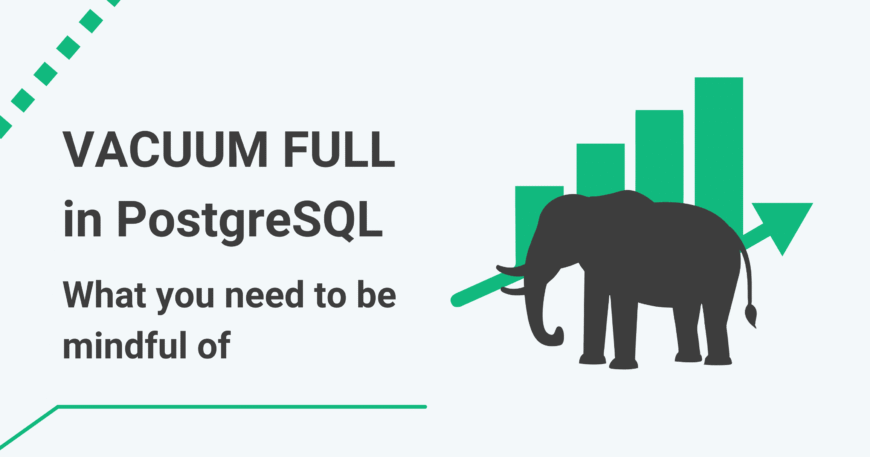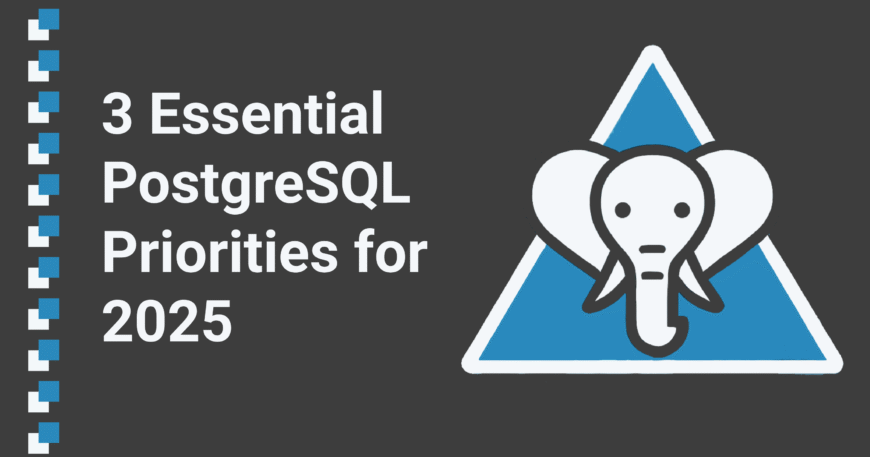VACUUM FULL in PostgreSQL – What you need to be mindful of
If you have worked with PostgreSQL for a while, you have probably come across the command VACUUM FULL. At first glance, it might seem like a silver bullet for reclaiming disk space and optimizing tables. After all, who would not want to tidy things up and make their database more efficient, right?
But here is the thing: while VACUUM FULL can be useful in some situations, it is not the hero it might seem. In fact, it can cause more problems than it solves if you are not careful.
Let us dive into:
- What VACUUM FULL actually does
- When you should use it
- Why it is not the best solution for most cases
- And what to do instead
What Does VACUUM FULL Actually Do?
PostgreSQL uses something called Multi-Version Concurrency Control (MVCC). Without getting too technical, MVCC keeps multiple versions of rows around to handle updates and deletes efficiently. These older versions of rows - called dead tuples - are cleaned up by a process called vacuuming.
A regular VACUUM removes those dead tuples so the space can be reused.
VACUUM FULL, however, goes further. It rewrites the entire table to remove dead space completely. It also rebuilds all the indexes on the table. Essentially, it is like dumping all your clothes out of the closet, refolding everything, and putting it back in neatly.
Sounds great, right? So, why not use it all the time?
When Should You Actually Use VACUUM FULL?
There are a few very specific situations where VACUUM FULL makes sense:
After Massive Deletions
Imagine you delete millions of rows from a table. Regular vacuuming might not reclaim that disk space immediately, and the table could still look bloated. In this case, VACUUM FULL can shrink the table and give you that disk space back.
Disk Space Crunch
If your database server is running out of disk space and you need to reclaim it fast, VACUUM FULL can help (though it is still not ideal—more on that later).
Post-Migration Cleanup
If you have migrated a large table or reorganized your data, VACUUM FULL can clean things up during planned downtime.
Outside of these scenarios, though, VACUUM FULL is usually not your best option. Why? Let us break it down.





